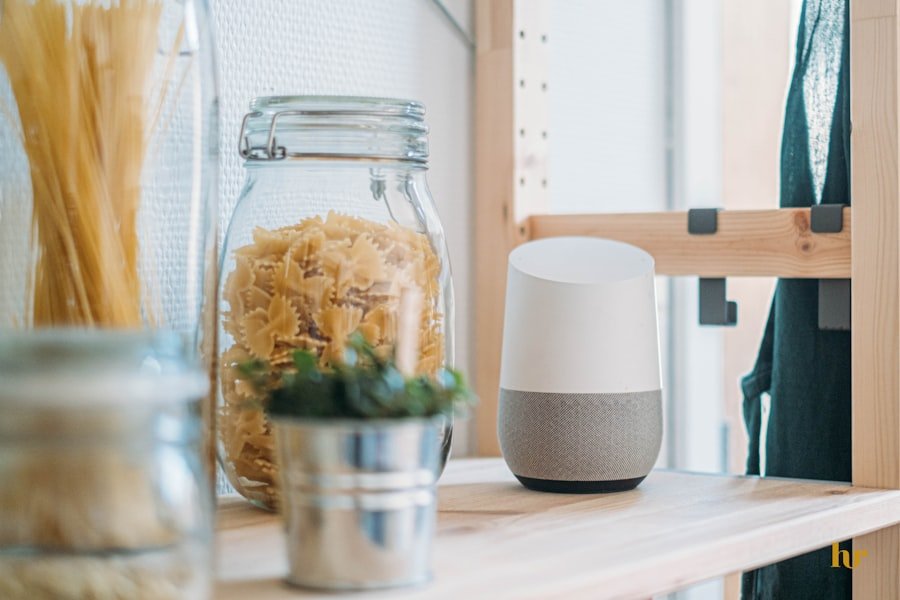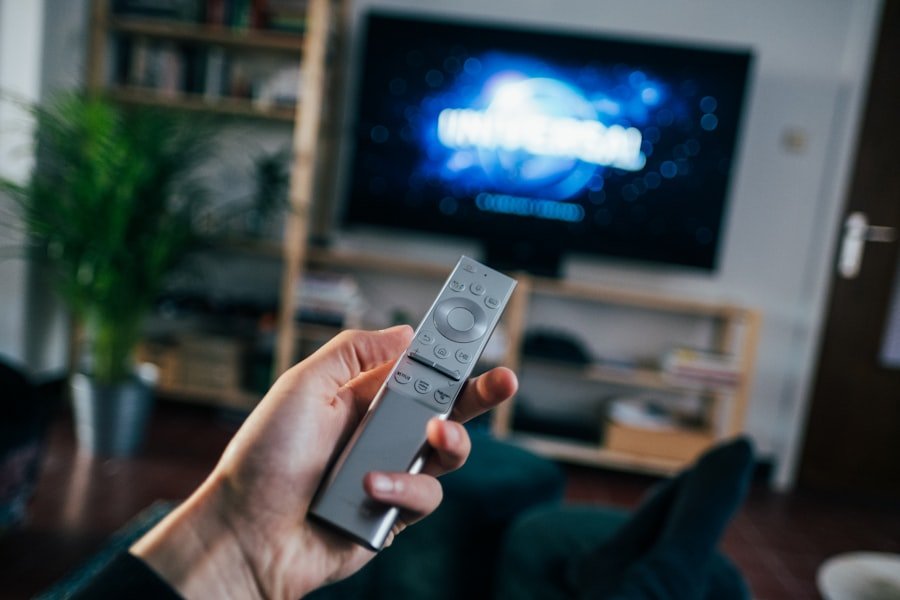In recent years, telemedicine has emerged as a transformative force in the realm of home health care. This innovative approach allows patients to receive medical consultations and follow-up care from the comfort of their own homes, significantly reducing the need for in-person visits. The COVID-19 pandemic accelerated the adoption of telemedicine, as healthcare providers sought to minimize exposure risks while ensuring that patients continued to receive essential services.
As a result, many individuals who previously relied on traditional office visits have now embraced virtual consultations, leading to a paradigm shift in how health care is delivered. The rise of telemedicine has not only improved access to care but has also enhanced patient engagement. With the ability to connect with healthcare professionals through video calls, patients feel more empowered to take charge of their health.
This increased accessibility is particularly beneficial for those living in rural or underserved areas, where medical facilities may be scarce. Furthermore, telemedicine has proven invaluable for managing chronic conditions, allowing for regular check-ins and timely interventions without the logistical challenges associated with travel. As technology continues to evolve, telemedicine is poised to become an integral component of home health care, offering a convenient and efficient alternative to traditional methods.
The Role of Wearable Devices in Monitoring Health at Home
Wearable devices have revolutionized the way individuals monitor their health at home, providing real-time data that can be crucial for both patients and healthcare providers. These devices, which include smartwatches, fitness trackers, and specialized medical monitors, enable users to track vital signs such as heart rate, blood pressure, and oxygen levels. By collecting this data continuously, wearables empower patients to take a proactive approach to their health management.
For instance, individuals with chronic conditions can monitor their symptoms and share this information with their healthcare team, facilitating timely adjustments to treatment plans. Moreover, the integration of wearable technology into home health care has fostered a culture of accountability among patients. With the ability to visualize their health metrics, individuals are more likely to adhere to prescribed regimens and lifestyle changes.
This shift not only enhances patient outcomes but also reduces the burden on healthcare systems by minimizing hospital readmissions and emergency visits. As wearable technology continues to advance, its role in home health care will likely expand, offering even more sophisticated monitoring capabilities and personalized insights that cater to individual health needs.
How Artificial Intelligence is Improving Home Health Care

Artificial intelligence (AI) is making significant strides in enhancing home health care by streamlining processes and improving patient outcomes. One of the most notable applications of AI in this field is predictive analytics, which leverages vast amounts of data to identify potential health risks before they escalate into serious issues. By analyzing patterns in patient data, AI algorithms can alert healthcare providers to changes in a patient’s condition, enabling timely interventions that can prevent complications and hospitalizations.
Additionally, AI-powered virtual assistants are becoming increasingly common in home health care settings. These intelligent systems can assist patients with medication management, appointment scheduling, and even provide reminders for daily activities. By automating routine tasks, AI allows healthcare professionals to focus on more complex aspects of patient care while ensuring that patients receive the support they need.
As AI technology continues to evolve, its potential to transform home health care will only grow, paving the way for more personalized and efficient care delivery.
The Impact of Remote Patient Monitoring on Home Health Care
Remote patient monitoring (RPM) has emerged as a critical component of home health care, enabling healthcare providers to track patients’ health status from afar. This technology allows for continuous observation of vital signs and other health metrics through connected devices, providing real-time insights into a patient’s condition. RPM is particularly beneficial for individuals with chronic illnesses or those recovering from surgery, as it facilitates timely interventions and reduces the need for frequent hospital visits.
The impact of RPM extends beyond mere convenience; it also enhances the quality of care that patients receive. By maintaining constant communication with healthcare providers, patients can report any changes in their condition promptly. This proactive approach not only improves patient outcomes but also fosters a sense of security among individuals who may feel isolated or anxious about their health.
As RPM technology continues to advance, it is expected to play an increasingly vital role in home health care, bridging the gap between patients and providers while promoting better health management.
Integrating Virtual Reality and Augmented Reality in Home Health Care
The integration of virtual reality (VR) and augmented reality (AR) into home health care is an exciting development that holds great promise for enhancing patient experiences and outcomes. VR can be utilized for therapeutic purposes, such as pain management or rehabilitation exercises. For instance, patients recovering from surgery can engage in immersive VR environments that distract them from pain while encouraging movement and physical activity.
This innovative approach not only makes rehabilitation more enjoyable but also promotes adherence to prescribed exercises. On the other hand, AR can enhance patient education by providing interactive visual aids that help individuals understand their conditions and treatment plans better. For example, AR applications can overlay information about medications or procedures onto real-world objects, allowing patients to visualize complex concepts in a more accessible manner.
By incorporating these technologies into home health care practices, providers can create more engaging and effective educational experiences that empower patients to take an active role in their health management.
The Future of Home Health Care: Robotics and Automation

As technology continues to advance at a rapid pace, robotics and automation are set to play a pivotal role in shaping the future of home health care. Robotic systems are being developed to assist with various tasks, from medication dispensing to mobility support for elderly or disabled individuals. These innovations not only enhance the quality of life for patients but also alleviate some of the burdens faced by caregivers and healthcare professionals.
Automation is also transforming administrative processes within home health care settings. Tasks such as scheduling appointments, managing patient records, and billing can be streamlined through automated systems, allowing healthcare providers to focus more on direct patient care rather than administrative duties. As robotics and automation become more integrated into home health care practices, they will likely lead to improved efficiency and better overall patient experiences.
Enhancing Communication and Coordination with Home Health Care Apps
Home health care apps are revolutionizing communication and coordination among patients, caregivers, and healthcare providers. These applications serve as centralized platforms where users can access vital information about their health status, medication schedules, and upcoming appointments. By facilitating seamless communication between all parties involved in a patient’s care journey, these apps help ensure that everyone is on the same page regarding treatment plans and progress.
Moreover, home health care apps often include features that promote patient engagement and self-management. For instance, users can set reminders for medication intake or track their symptoms over time. This level of involvement not only empowers patients but also provides healthcare providers with valuable data that can inform treatment decisions.
As technology continues to evolve, the role of home health care apps will likely expand further, enhancing collaboration and improving outcomes for patients receiving care at home.
Overcoming Challenges and Ethical Considerations in Tech-Driven Home Health Care
While the integration of technology into home health care offers numerous benefits, it also presents challenges and ethical considerations that must be addressed. One significant concern is data privacy; as more personal health information is collected through digital platforms, ensuring the security of this data becomes paramount. Healthcare providers must implement robust cybersecurity measures to protect sensitive information from breaches while maintaining compliance with regulations such as HIPAA.
Additionally, there are ethical implications surrounding access to technology in home health care. Disparities in access to digital tools can exacerbate existing inequalities in healthcare delivery. It is essential for stakeholders to work collaboratively to ensure that all patients have access to the technologies that can enhance their care experience.
By addressing these challenges head-on and prioritizing ethical considerations, the future of tech-driven home health care can be both innovative and equitable for all individuals seeking quality medical support at home.
Home health tech is revolutionizing the way we approach healthcare, allowing individuals to monitor their health from the comfort of their own homes. One related article that delves into the advancements in healthcare technology is this piece on general surgery. It discusses how technology is transforming the field of surgery and improving patient outcomes. This article highlights the importance of staying up-to-date with the latest advancements in home health tech to ensure optimal care for patients.




0 Comments